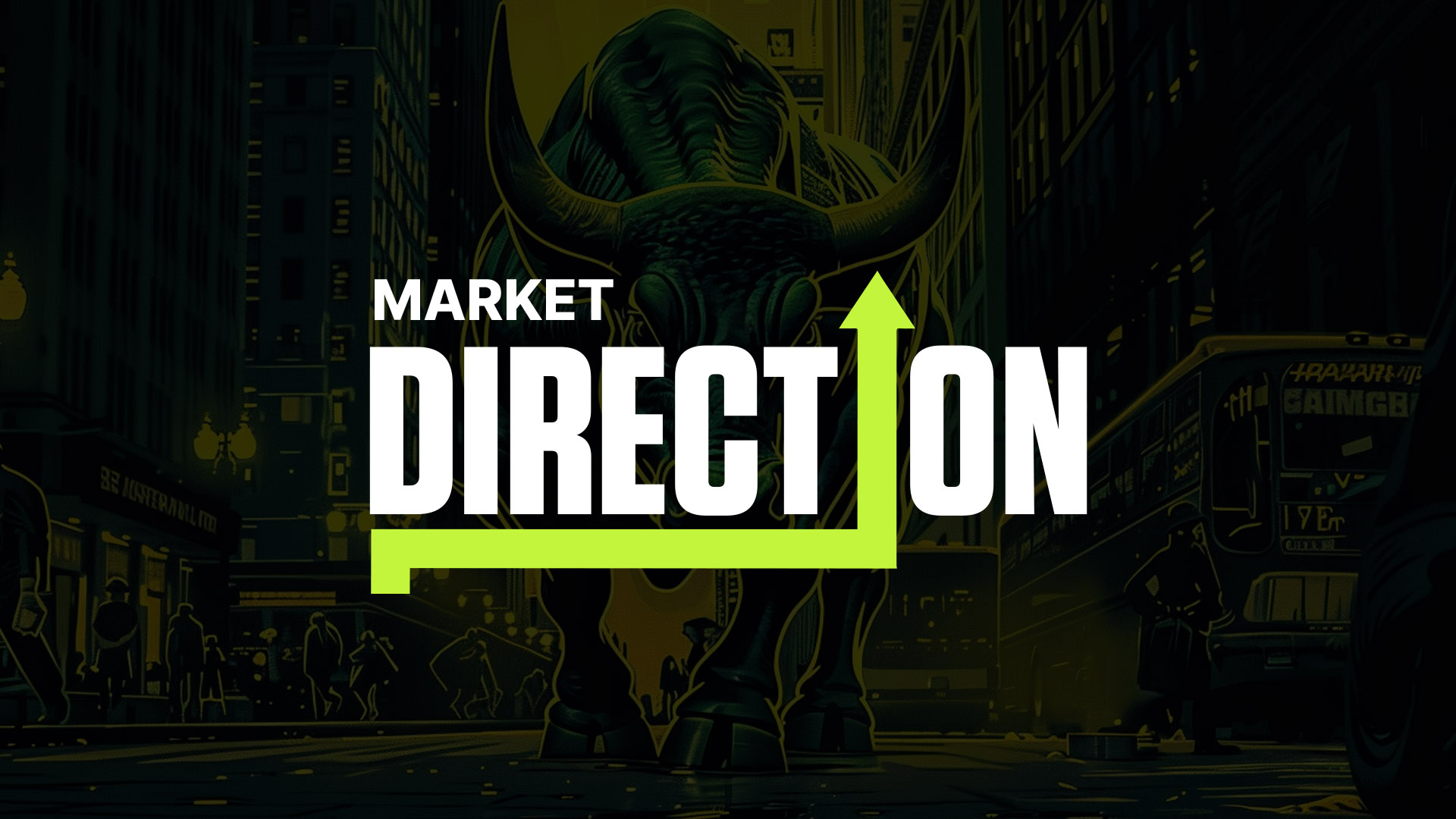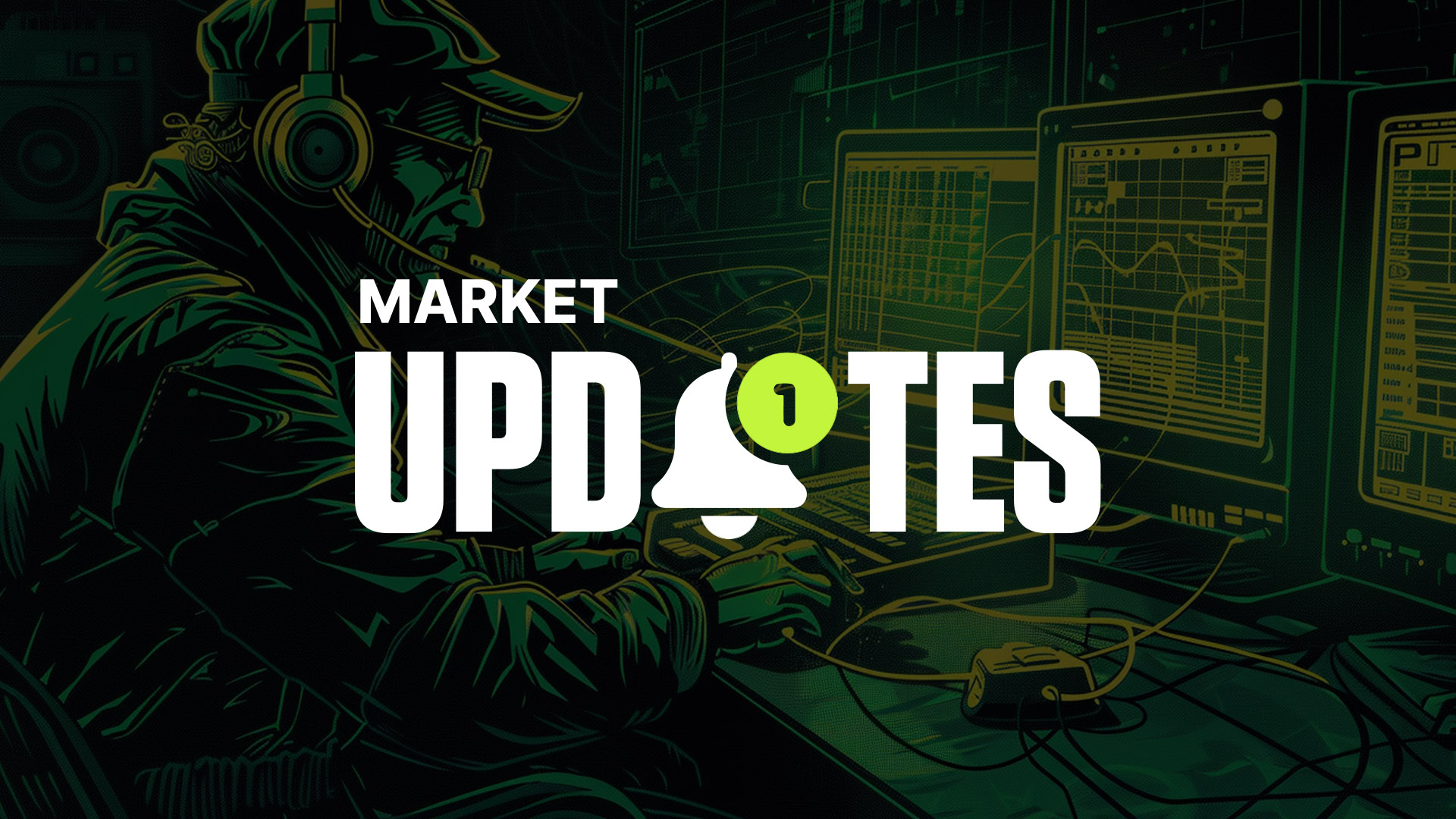Can tribalism drive the next crypto bull run?
Herd mentality in investment markets is a well-known phenomenon based on a number of factors, including over-confidence, believing the past will also predict the future, loss aversion and a change in risk tolerance when the market changes.

There is also evidence from a twin study from US and Swedish researchers that how we choose to invest and the strategies we adopt are genetic – and as such as almost impossible to change.
The crypto space is fairly new compared with established financial markets, but there is already debate about a herd mentality in crypto.
Solving the crypto price determination puzzle
In November 2018, Obryan Poyser Calderón from the Department of Applied Economics at Universitat Autònoma de Barcelona in Spain published a working paper “Herding behavior in cryptocurrency markets”, which aims to “solve the cryptocurrency price determination puzzle from a behavioral finance perspective and trying to find the parallelism between the literature on biases present in financial markets that serve as a starting point to understand crypto-markets”.Calderón says that there are suggestions that “cryptocurrencies’ prices are driven by herding”.
To back up this theory, we only have to look more closely at the 2017 price surge of Bitcoin by 1,200%, which was explained as “more investor interest”, according to eToro UK MD Iqbal Gandham, who told Forbes:
“As digital currencies rise in value, their appreciation generates interest from market observers, and this in turn helps fuel further price gains.”
Rather then speculate as to what causes herding in the crypto market, Calderón uses for the task “an empirical herding model based on Chang, Cheng, and Khorana (2000) methodology, and expanding the model both under asymmetric and symmetric conditions and the existence of different herding regimes by employing the Markov-Switching approach”.
Calderón later refers to Alan Greenspan in the paper, and his comments at the 1998 Committee on Banking and Financial services regarding the conjuncture of financial markets:
“He mentioned that human behavior is the main factor that drives markets, and in spite of corrections there is a constant evolution that makes behavioral issues pervasive which yields with violent and unexpected results,” writes Calderón.
He concedes that expectation formations on other investors’ behaviour has been under the microscope for years, including Keynsian theory, but notes that with the crypto space – and unlike established financial markets – “…many trends start in specific forums, in these spaces users share impressions about latest news and recent issues like unexpected upswings or downswings in cryptocurrencies price or innovations in Blockchain platform.”
This is what JP O’Shaughnessy identifies as “Recency Bias” – that investors tend to remember recent trends.
Calderón is of the opinion that “Beliefs are salient in expectation formation, and usually, people develop non-optimal judgments in what to believe due to a set of experimentally proved systematic errors called biases Kahneman and Riepe (1998).
“My own view is that people involved in cryptocurrencies market presumably suffer from several of the same judgment biases that have been documented in financial markets settings, which can even get intensified by crypto-market idiosyncratic uncertainty and complexity,” he adds.
Tribal behaviour – or good investment strategy?
A recent Bloomberg news story involving a JPMorgan Chase & Co. survey published at the beginning of April reveals that, “Demand for hedge funds is rising as investors such as endowments and pensions search for market-beating returns and diversification”.However, the Bloomberg story also reveals that, although the industry took its biggest loss since 2011 in 2018, “declining 4.8 percent on a fund-weighted basis”, according to Hedge Fund Research Inc – almost half of the 227 institutional investors questioned planned to invest, despite remaining “concerned about hedge fund crowding, style drift and transparency”, according to the survey. Startups
experienced their lowest level since 2000, as “funds struggled to raise capital”.
However, global head of capital advisory at JPMorgan, Michael Monforth, explained:
“Hedge funds are positioned well and investors are becoming more aware of the value propositions they can offer in certain markets. It’s a diversification play.”
The recent surge in Bitcoin to above $5,000 USD with predictions it would continue to surge also defied predictions that it would eventually lose out to “bank-friendly” Ripple XRP. The surge was attributed to the fact it had already bottomed out and was entering a bull market before the next mining reward was halved in August 2020, suggesting that – as the next Bitcoin halving was also due in May 2020 – investors were acting based on the pattern of halving, as they have done in the past.
Calderón might be right then, when he suggests that once the chatter online begins to suggest an investment strategy, a buying spree ensues as the crypto herd moves as one.
Can tribalism drive the next crypto bull run?
Tim Urban has written a four-part series on Elon Musk – The Cook and the Chef: Musk’s Secret Sauce – in which he discusses the idea of tribalism.His premise is based on the idea that from childhood we are trained to accept dogmas – as we grow we might reject those dogmas, but the likelihood is we will simply find another dogma that suits us, and so on and so on. It is what he calls the dogma trap.
Tribalism – although no bad thing in itself, claims Urban – is bad when the member of the tribe is unable to be independent of the tribe itself in their thinking:
“The tribe member’s identity is determined by whatever the tribe’s dogma happens to say. If the identity of the tribe changes, the identity of the tribe member changes with it in lockstep.”
It is easy to see how this can lead to being a cult rather than a tribe.
But whether the crypto space is in danger of becoming a dogmatic tribe is another question. If Calderón is right and people involved in the cryptocurrencies market “presumably suffer from several of the same judgment biases that have been documented in financial markets settings, which can even get intensified by crypto-market idiosyncratic uncertainty and complexity”, it is easy to see how a bull run might be triggered by a jittery or over-confident crypto market.
This might be especially so if we refer to Urban’s hypothesis that dogma is the herd or tribe – what he refers to as “blind tribalism”, rather than “conscious tribalism”.
“With conscious tribalism, the tribe member and his identity comes first. The tribe member’s identity is the alpha dog, and who he is determines the tribes he’s in. With blind tribalism, the tribe comes first. The tribe is the alpha dog and it’s the tribe that determines who he is.”
Conscious tribalism – or blind faith?
Now whether blind faith in what is being said in crypto space could spark a cryptocurrency bull run is an interesting point. James P O’Shaughnessy – author of What Works on Wall Street – is of the opinion, “Good investors will always value the process over the outcome.” By that he means that investors who stick to their investment strategy rather than aiming solely for value are more likely to succeed long-term.“if you have access to the long-term data, you are going to get much better information about whether the process you are looking at makes sense,” he advises in an online talk on What Works on Wall Street.
He is at times dismissive of “noise” in the marketplace – but given the volatility of cryptocurrency and the speed at at which the market moves 24/7 on a global exchange, a bull run based on a “tribal” consensus of opinion may not be so unlikely.
Calderón an interesting take on what happens when there is surge in the cryptocurrency market.
“On one side there are those who think markets are rational and efficient, are explaining deviations as an exceptional movement from fundamental value. The other side is composed by those who believe psychological behavior as the main driver. The way investor believes they act as they are more intelligent than the average investor in the market, hence having a big chance to take out the money safe and the sound is described by Read (2012) who mentioned:
‘Since the crash is not a certain deterministic outcome of the bubble, it remains rational for investors to remain in the market provided they are compensated by a higher rate of growth of the bubble for taking the risk of a crash, because there is a finite probability of “landing smoothly”, that is, of attaining the end of the bubble without crash.’
“In this work, it has been hypothesized that when prices in cryptocurrency go up or down can be attributed in great to herding or positive feedback reaction to past price changes. The parallelism to the insiders can be attributed to the whales in crypto-markets seemingly behave as insiders or private informed investors which as Kindleberger, Aliber, and Wiley (2005) states, manipulate price’s movements as to destabilize the market by artificially creating exaggerated successive upswings and prices decrease to make the less informed to buy high and sell low, making them only victims of the euphoria (Shiller 1999, 2015; Shleifer 2004).”
It is not perhaps the happy ending we hope for, but it is an interesting point, all the same. In part, Calderón’s conclusion is that, “Among the diverse possible explanations of price movements from a behavioral perspective, the theory of herding which consists in a situation when individuals ignore their private information and instead follow the consensus is under prior consideration a good approach to start the discussion.”
What he seems to be suggesting, to use Urban’s language, is that herding occurs in markets when tribes – ie groups in the crypto space – adopt the dogma they feel most comfortable with, rather than use their own instincts and long-term investment strategy. The fact that the crypto space offers a 24/7 environment for chatter and noise might actually serve to fuel this tribal bonding and exchange.
The methodology Calderón uses also suggests that “investors frequently deviated from the rational asset pricing benchmark, and instead follow the consensus in market stress situations”.
He goes on to say that the findings of the study methodology have important implications, firstly because, “this is the first study which analyzed the price puzzle from herding hypothesis”; and, second, “it unveils a signal that contradicts the circulated ‘noise’ exposed in internet which asserts for the existence of informed people who are not sensitive to large price movements in crypto markets”.
Could tribalism drive the next crypto bull run? It could depend not only on belonging to a tribe – but which type of tribe, blind or conscious.
Cryptocurrency miners image licensed via Shutterstock
Continue reading by joining Cryptonary Pro
$997/year
Get everything you need to actively manage your portfolio and stay ahead. Ideal for investors seeking regular guidance and access to tools that help make informed decisions.
For your security, all orders are processed on a secured server.
As a Cryptonary Pro subscriber, you also get:
Success Guarantee, if we don’t outperform the market, you get 100% back, no questions asked
24/7 access to experts with 50+ years’ experience
All of our top token picks for 2025
Our latest memecoins pick with 50X potential
On hand technical analysis on any token of your choice
Weekly livestreams & ask us anything with the team
Daily insights on Macro, Mechanics, and On-chain
Curated list of top upcoming airdrops (free money)
100% Success Money Back Guarantee
If our approach doesn’t outperform the overall crypto market during your subscription, we’ll give you a full refund of your membership. No questions asked. For quarterly and monthly subscribers this is applicable once your subscription runs for 6 consecutive months.
Our track record speaks for itself
With over 2.4M tokens and widespread misinformation in crypto, we cut through the noise and consistently find winning assets.
Our track record speaks for itself
With over 2.4M tokens and widespread misinformation in crypto, we cut
through the noise and consistently find winning assets.
Frequently Asked Questions
Can I trust Cryptonary's calls?
Yes. We've consistently identified winners across multiple cycles. Bitcoin under $1,000, Ethereum under $70, Solana under $10, WIF from $0.003 to $5, PopCat from $0.004 to $2, SPX blasting past $1.70, and our latest pick has already 200X'd since June 2025. Everything is timestamped and public record.
Do I need to be an experienced trader or investor to benefit?
No. When we founded Cryptonary in 2017 the market was new to everyone. We intentionally created content that was easy to understand and actionable. That foundational principle is the crux of Cryptonary. Taking complex ideas and opportunities and presenting them in a way a 10 year old could understand.
What makes Cryptonary different from free crypto content on YouTube or Twitter?
Signal vs noise. We filter out 99.9% of garbage projects, provide data backed analysis, and have a proven track record of finding winners. Not to mention since Cryptonary's inception in 2017 we have never taken investment, sponsorship or partnership. Compare this to pretty much everyone else, no track record, and a long list of partnerships that cloud judgements.
Why is there no trial or refund policy?
We share highly sensitive, time-critical research. Once it's out, it can't be "returned." That's why membership is annual only. Crypto success takes time and commitment. If someone is not willing to invest 12 months into their future, there is no place for them at Cryptonary.
Do I get direct access to the Cryptonary team?
Yes. You will have 24/7 to the team that bought you BTC at $1,000, ETH at $70, and SOL at $10. Through our community chats, live Q&As, and member only channels, you can ask questions and interact directly with the team. Our team has over 50 years of combined experience which you can tap into every single day.
How often is content updated?
Daily. We provide real-time updates, weekly reports, emergency alerts, and live Q&As when the markets move fast. In crypto, the market moves fast, in Cryptonary, we move faster.
How does the success guarantee work?
If our approach to the market doesn’t beat the overall crypto market during your subscription, we’ll give you a full refund of your membership fee. No questions asked. For quarterly and monthly subscribers this is applicable once your subscription runs for 6 consecutive months.


















